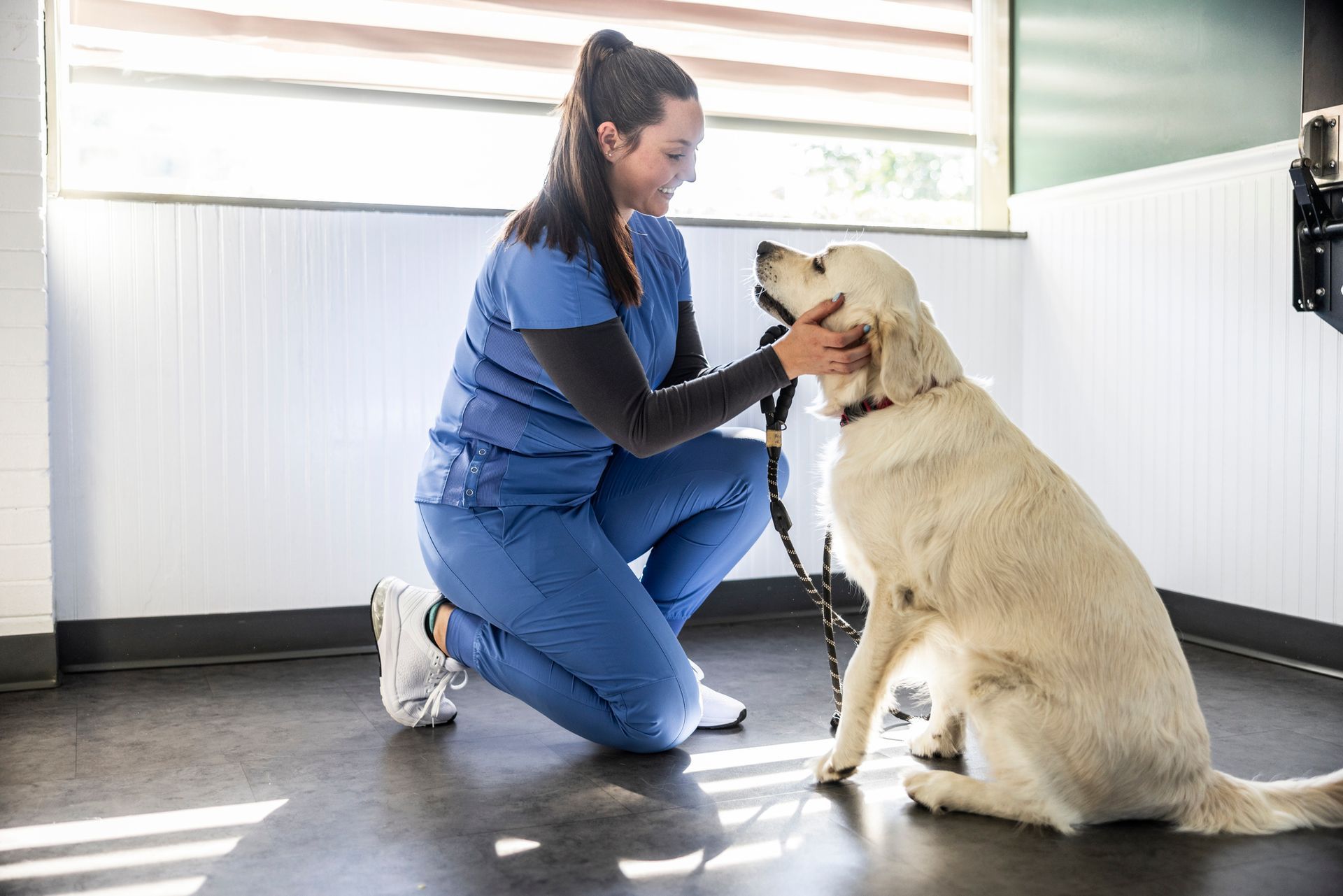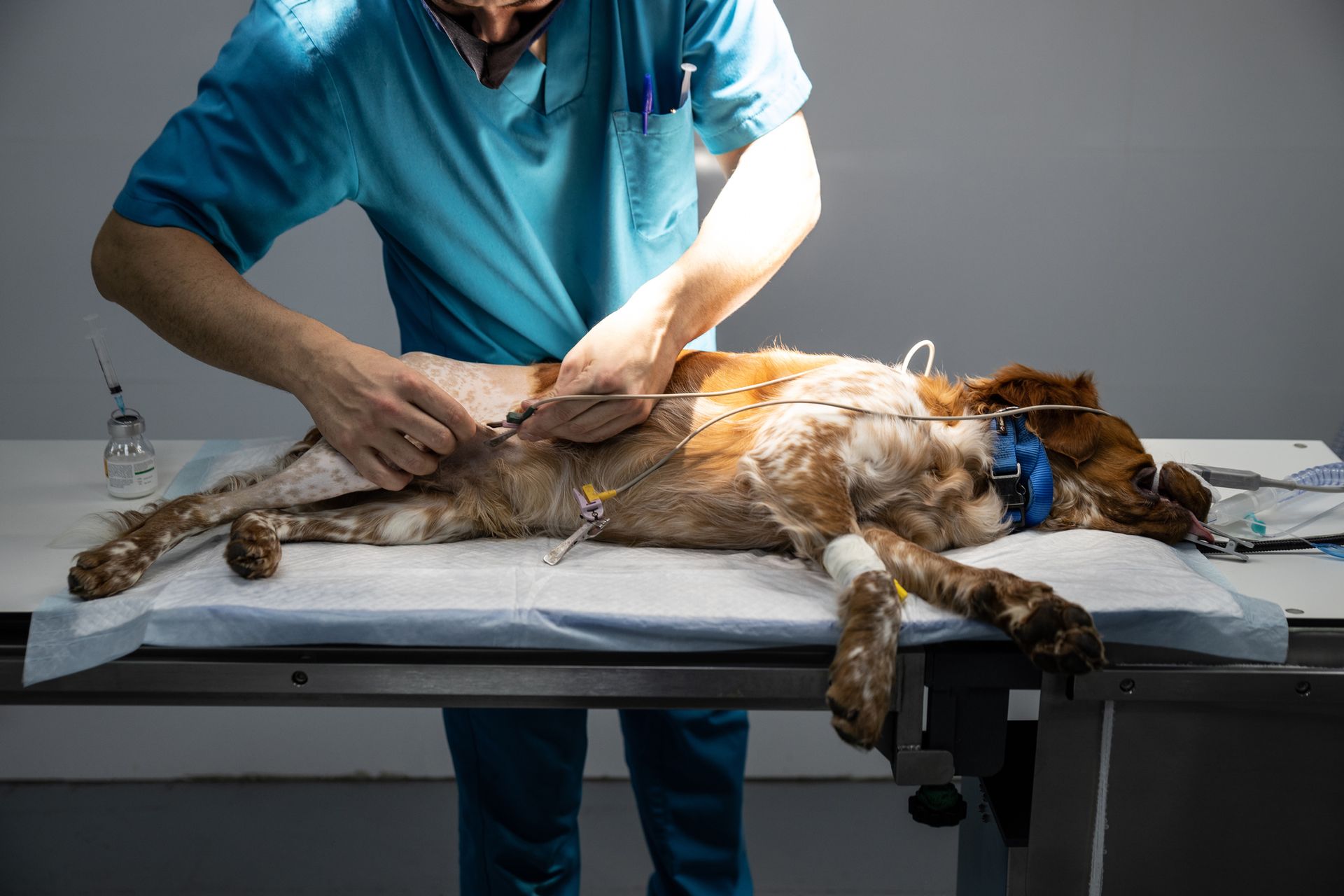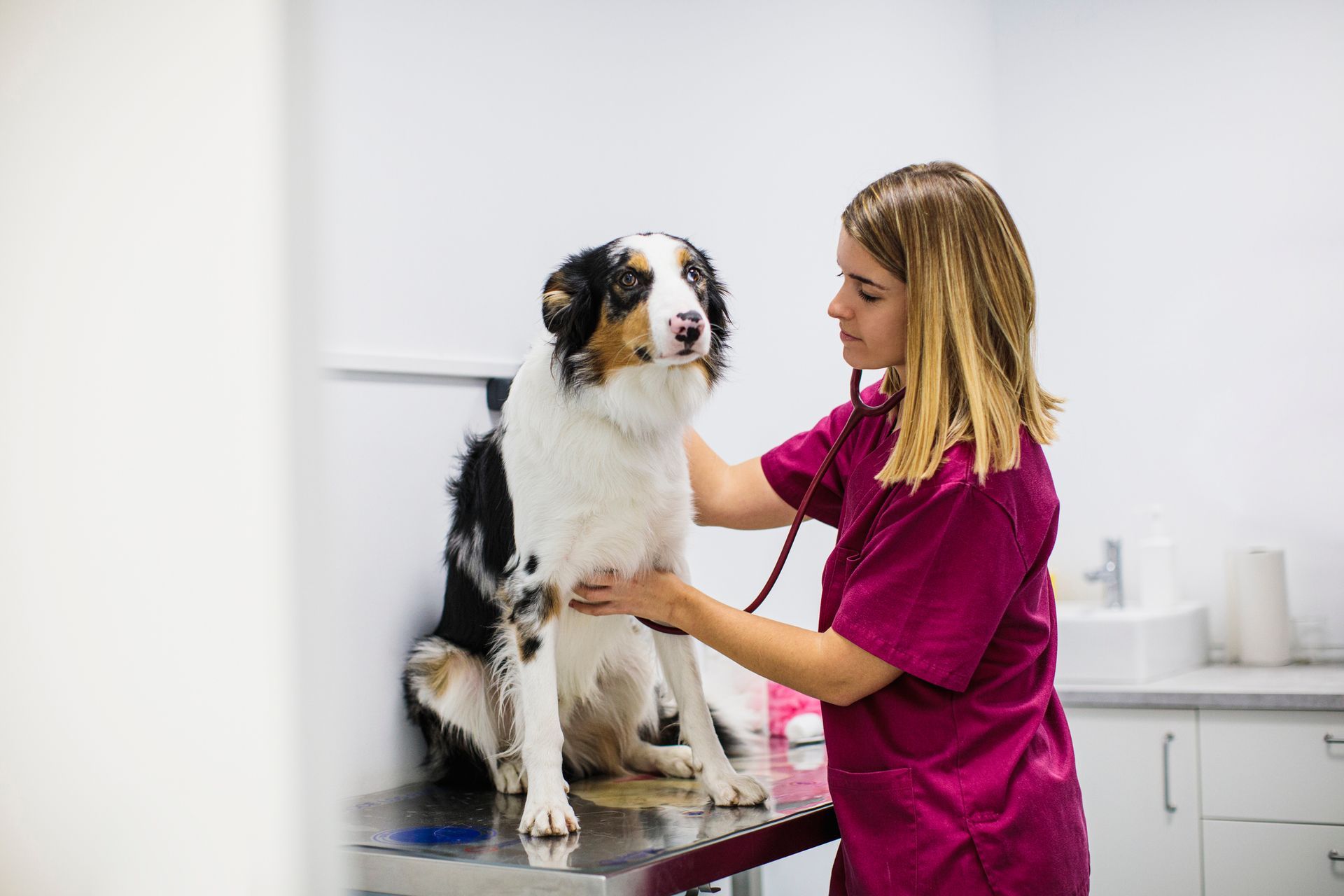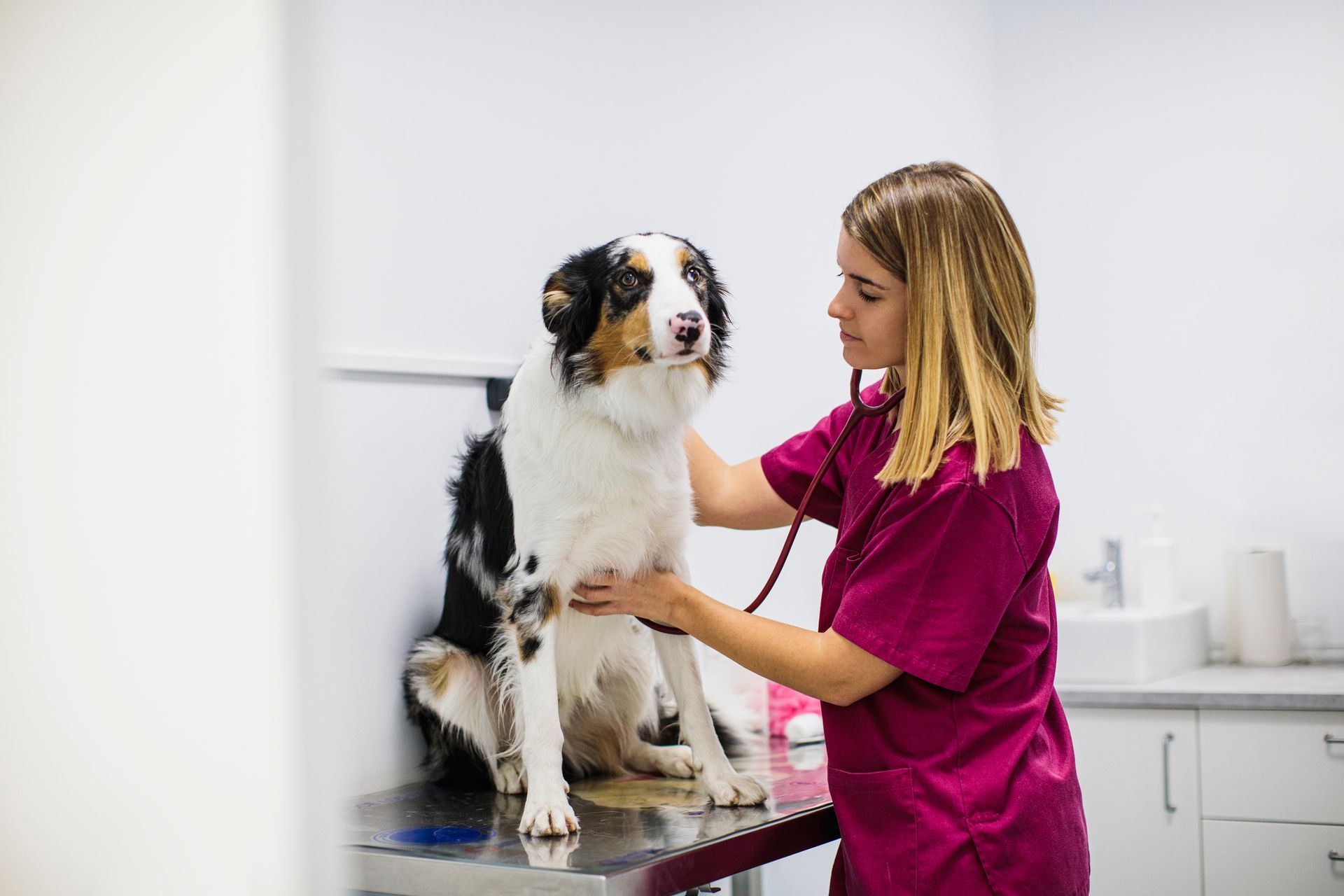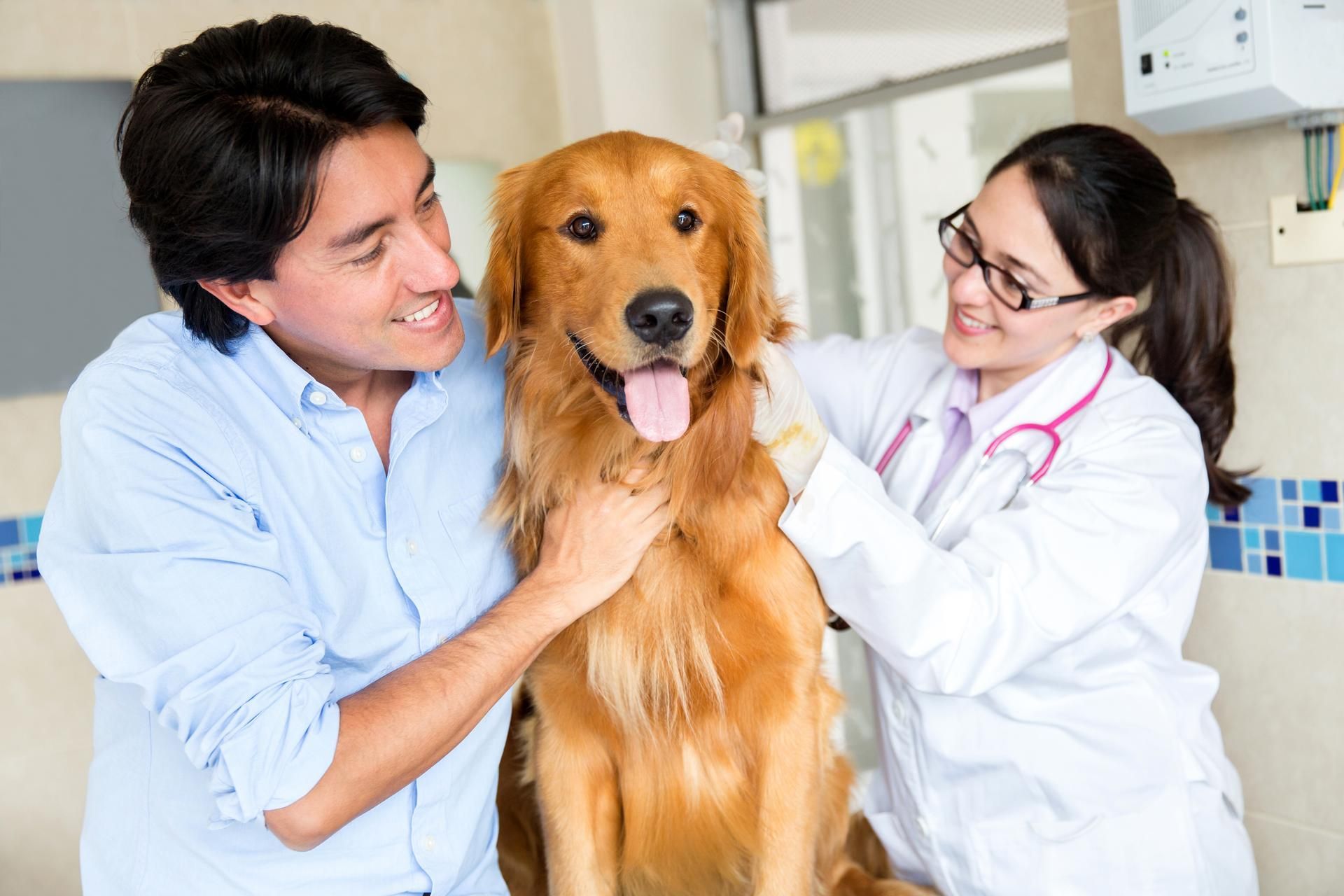Disaster Preparedness Tips for Pet Owners
Disaster can strike at any moment, no matter where you live. Earthquakes, major storms, floods, fires and more can all bring devastation to anyone who is not prepared. As a pet owner, you can do many things to take care of your pet when a disaster occurs. However, if you're caught unprepared for a disaster, taking care of your pet could become difficult.
Advanced planning is important. Here's what you need to know.
Prepare Your Emergency Kit
An emergency kit is a kit that has everything in it you need to take care of your pet when a disaster occurs. The kit should be personalized to the pet, so if you have two pets, you'll need a kit for each. A fully-stocked kit includes a two week supply of food and water, a supply of important medications, copies of your pet's important documents, an extra collar, ID, leash, a toy or two, and bowls for food and water.
Keep the emergency kit in a location that's easy to access in the event of an emergency. Many people keep their emergency kits in an out-of-the-way location like the garage. Keep the food in a hard container that cannot be accessed by vermin to ensure that your pet's food will be available if you need it. Check your pet's emergency kit once or twice per year, and swap out expired food or medications as needed.
Work with your pet's veterinarian to purchase extra medicines or extra prescriptions as needed. Talk to your pet's veterinarian to find out what prescriptions they recommend that you keep in your pet's emergency kit.
Plan for the Disasters Expected in Your Area
Know which disasters are high-risk in the area where you live, and plan for those disasters. In the Seattle area, the most likely natural disasters (as identified by the City of Seattle's Emergency Management team) are earthquakes, winter storms, and wind storms. Plan for these disasters specifically, based on recommendations from the Emergency Management team.
For example, if an earthquake should strike the area, this may trigger a devastating tsunami. If you live in a high-risk area for a tsunami, find out what evacuation routes you should follow to leave the area, and then follow the route with your pet. Practice these routes multiple times to ensure that you know where you're going and that you know how to navigate the route with your pet.
Designate an Emergency Caregiver
Some emergencies happen while you're away from home and away from your pet. Designate someone you trust to care for your pet in the event that you are separated from your pet and unable to get home. Tell the emergency caregiver where the emergency kit can be found, and ensure that they have a key to your home.
Use Rescue Alert Stickers
Rescue alert stickers are notices to emergency workers that your home has a pet (or multiple pets) inside. This information could be critical in the event of a fire or another disaster. Purchase rescue alert stickers for your home and place them on or near the entrances, in a location that is visible.
Most rescue alert stickers include a place where you can fill out information about your pets, including type of pet and how many. Fill this information out to ensure that rescue workers have all the information they need to rescue your animal loved ones in the event of a disaster in your home.
Keep a List of Emergency Phone Numbers on Hand
In the event of a disaster, your pet could become gravely injured. If this happens, it will be important to contact an emergency veterinarian as soon as possible. Keep a list of emergency numbers on hand and in multiple places where they are easy to access. To have emergency numbers available, you should:
- Plug in the number of the emergency veterinarian to your phone, and keep it in your list of contacts.
- Ask your pet's emergency caregiver to put the emergency veterinarian into their phone.
- Write down the number of the emergency veterinarian, and put the paper in your pet's emergency kit.
- Every year, when you go through your pet's emergency kit, double check to ensure that the phone number for the emergency vet has stayed the same.
Plug the address for the emergency veterinarian into your phone contacts as well, so that you can easily draw up this information if you need to rush your pet to a facility for urgent care.
If your pet needs help in an emergency, you have no time to waste. Know which emergency veterinarian is available in your area, offering emergency services for pets. South Seattle Veterinary Hospital offers a variety of emergency services to pet owners. Contact us today to find out more about how we can help your pet in a time of need.



